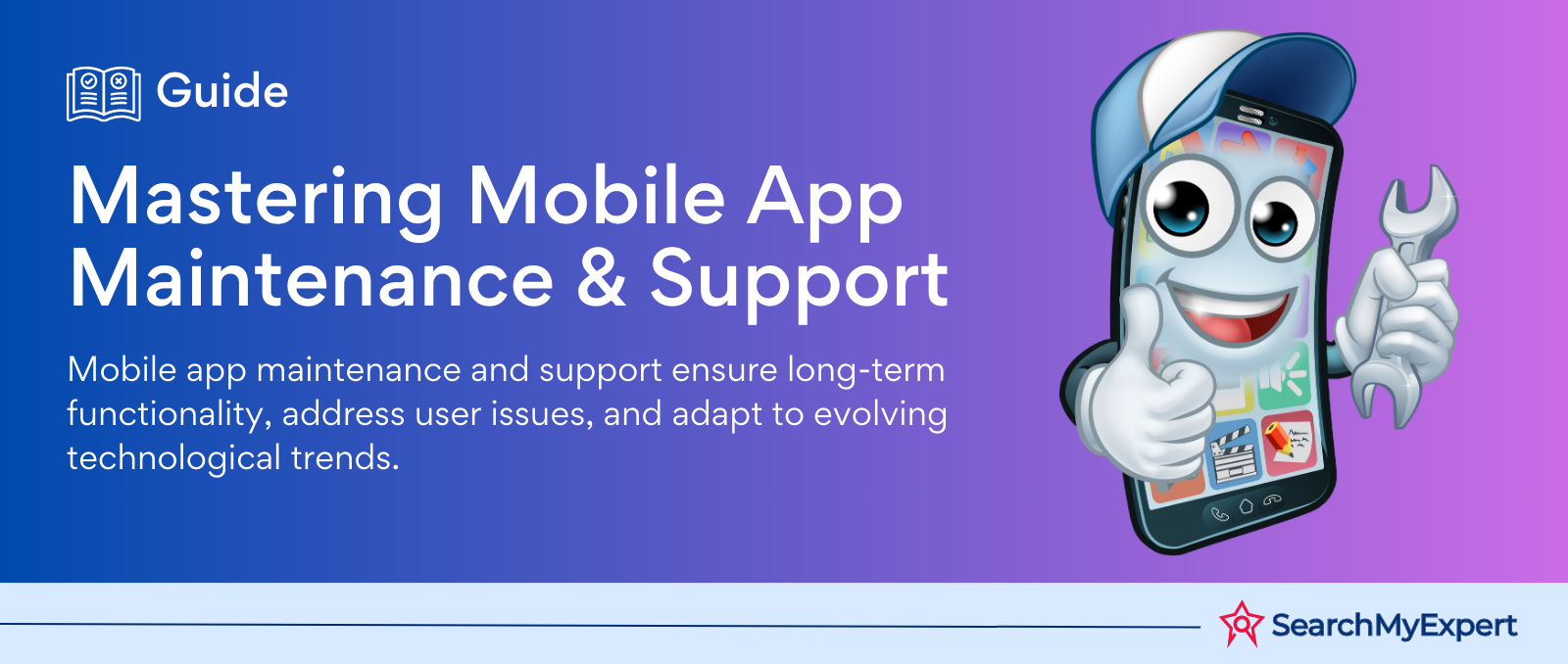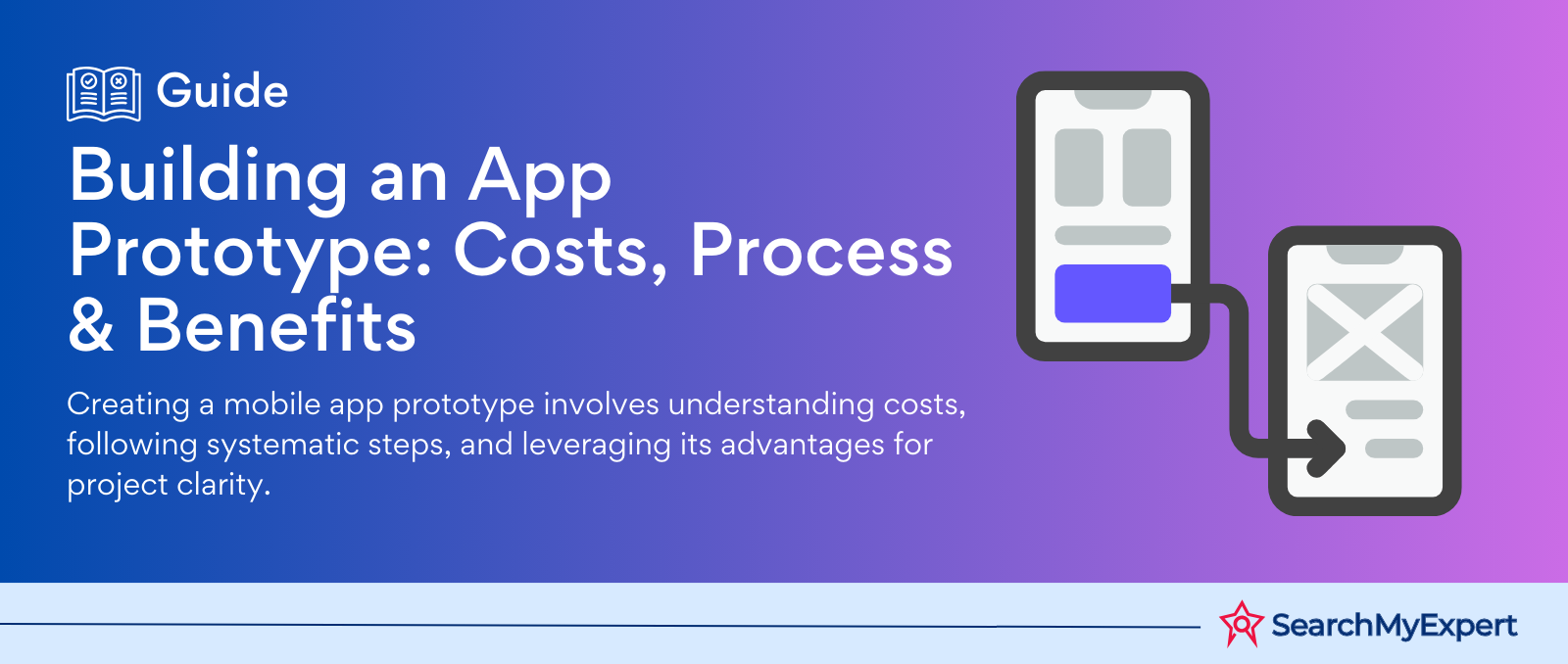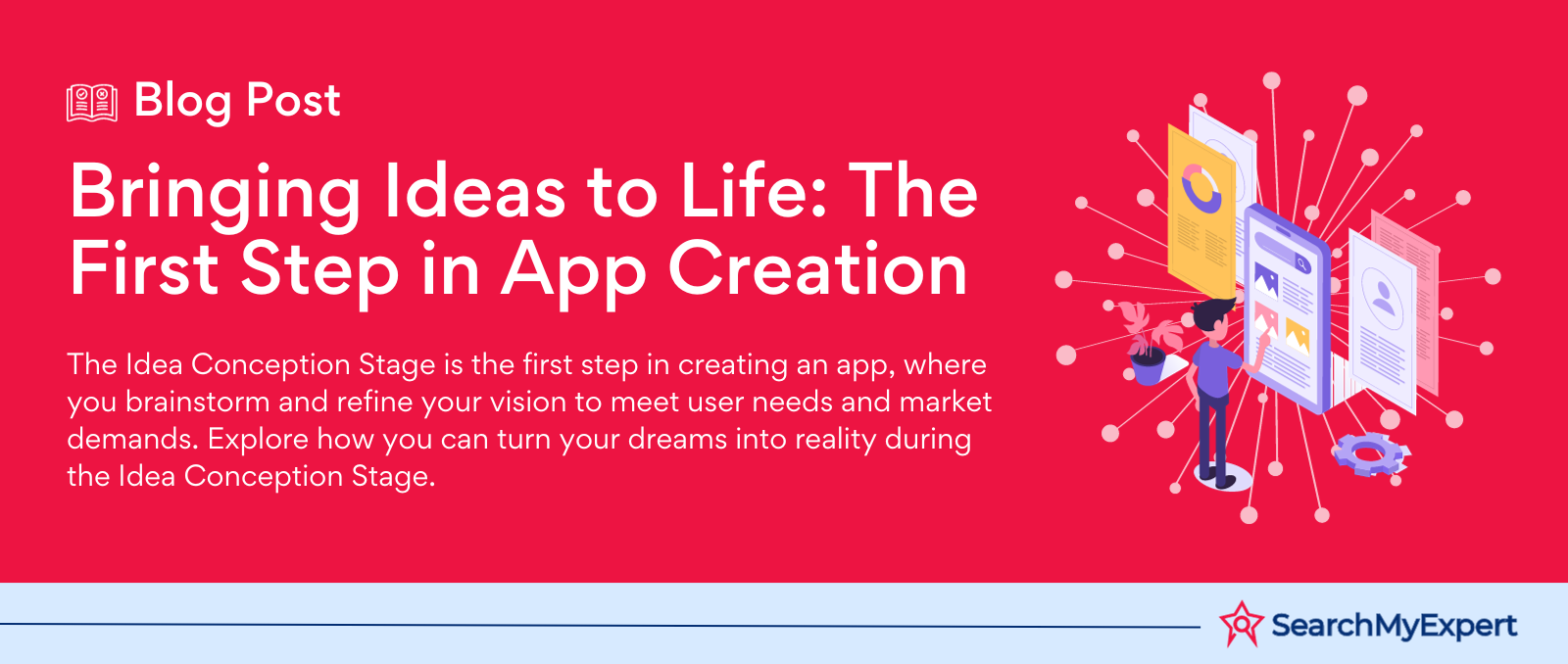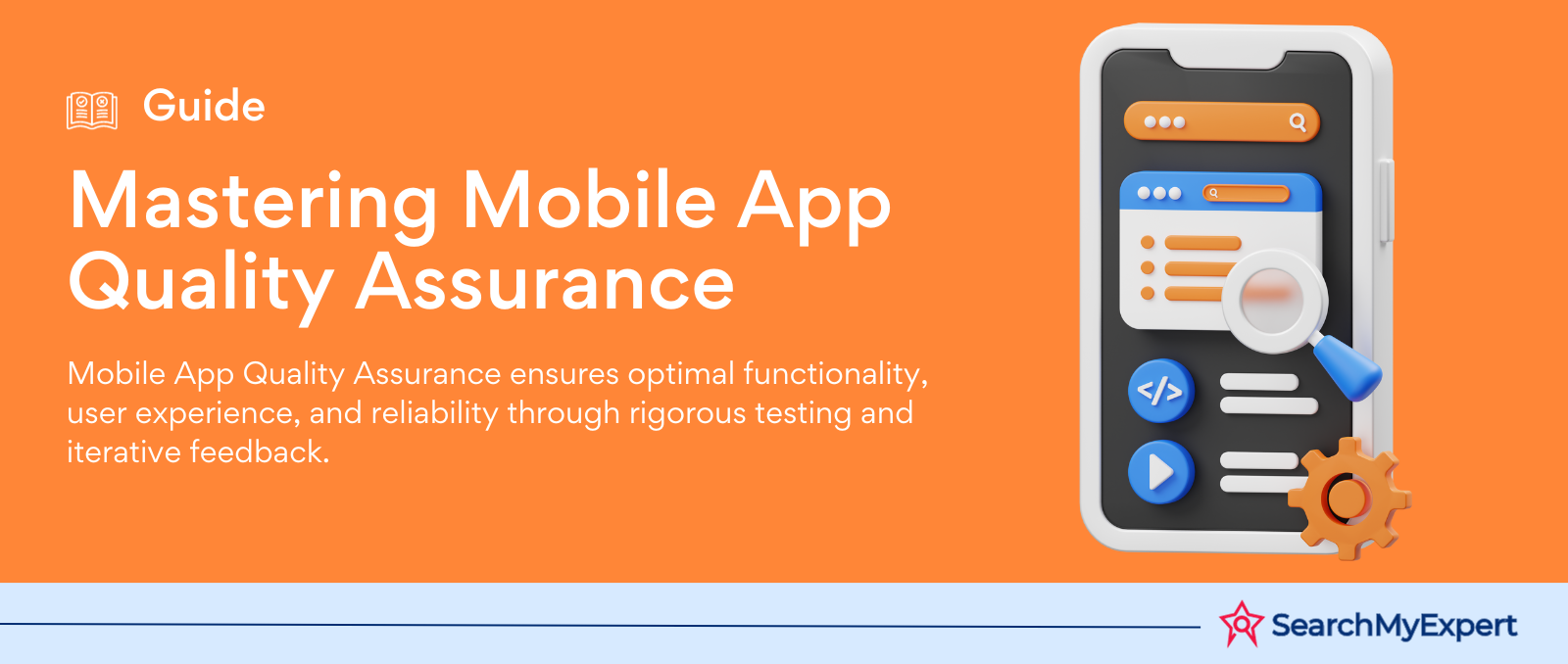Hey there, awesome visitor! 👋 Our website is currently undergoing some nifty upgrades to serve you even better. But don't worry, we'll be back before you can say "SearchMyExpert rocks!"
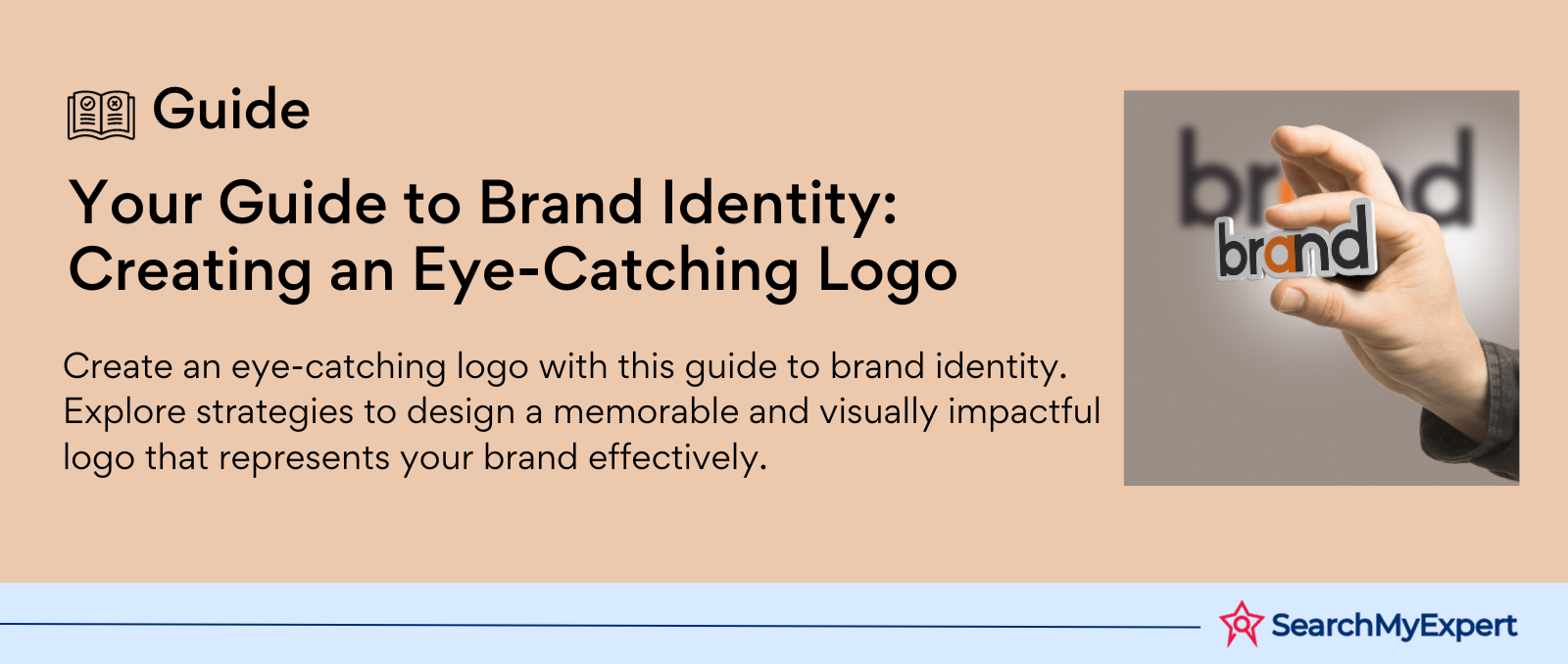
The Essential Role of Logos in Brand Identity and the Art of Versatility
In the realm of brand identity, a logo stands as the silent ambassador of a brand. It's more than just an image; it’s a visual representation that encapsulates the ethos, values, and uniqueness of a brand. However, the journey of crafting a logo that resonates with an audience and remains impactful across various contexts is rife with challenges and requires a strategic blend of creativity, insight, and technical skill.
The Challenges of Designing a Versatile Logo
Creating a versatile logo is akin to solving a complex puzzle. The ideal logo must be adaptable, scaling effortlessly from the size of a postage stamp to the expanse of a billboard. It must maintain its integrity and clarity across different mediums, from digital screens to printed material. Moreover, it should resonate across diverse cultural contexts, appealing to a global audience while retaining its core message.
Key Principles for a Successful Versatile Logo
Embarking on the logo design journey necessitates adherence to certain principles and considerations to ensure the creation of a logo that is not only aesthetically pleasing but also functionally versatile.
- Simplicity is Key: A simple logo design ensures easy recognition and allows the logo to be versatile and memorable. Complex designs may fail to scale down well or might lose detail in different applications.
- Understand the Brand Essence: The logo must reflect the brand's values, mission, and personality. This understanding guides the visual elements and color choices, making the logo a true reflection of the brand.
- Adaptability: A versatile logo should be effective across various mediums and applications. This means it should work in color as well as in black and white, and be scalable to different sizes without losing clarity.
- Timelessness: While trends in design are tempting to follow, they can lead to a logo becoming quickly outdated. A timeless design ensures the logo remains effective and relevant over time.
- Uniqueness and Memorability: The logo should stand out in a crowded market and be easily memorable. This involves the creative use of design elements to create a distinct visual identity.
- Cultural Sensitivity: In a global marketplace, understanding cultural connotations and ensuring the logo is culturally appropriate is crucial for international brands.
Delving into the Core of Your Brand: The Foundation of Logo Design
To create a logo that truly encapsulates your brand's essence, a deep dive into the core of your brand is indispensable. This step forms the bedrock upon which your logo's design will be built, ensuring it aligns seamlessly with your brand's identity and speaks directly to your target audience.
The Importance of Thorough Brand Research
Brand research is not just a preliminary step; it's a critical process that influences every aspect of your logo design. This research involves an in-depth exploration of what your brand stands for, its unique selling points (USPs), and the emotions and messages you wish to convey through your visual identity.
Identifying the Brand's Core Values, Mission, and Target Audience
- Core Values: Pinpoint the values that are at the heart of your brand. These could range from innovation and sustainability to customer satisfaction and quality. Understanding these values is crucial as they guide the visual and emotional direction of your logo.
- Brand Mission: Your brand's mission statement is a concise reflection of what you aim to achieve and why you exist in the market. A logo that aligns with this mission will resonate more deeply with both your team and your audience.
- Target Audience: Who are you speaking to? Identifying your target audience's demographics, psychographics, preferences, and pain points will inform the design elements of your logo, making it appealing and relevant to the people you want to reach.
Analyzing the Competitive Landscape
Understanding your competitors is key to differentiating your brand. Analyze your competitors' logos and branding strategies to identify common trends and gaps. This analysis will help in creating a logo that stands out in your industry while staying true to your brand's unique attributes.
Reviewing Existing Brand Materials
If your brand already has established materials like a website, business cards, or marketing collateral, review these to ensure consistency in your new logo design. The goal is to create a cohesive brand experience across all touchpoints, with your logo acting as the anchor.
Nurturing Creativity: The Journey of Logo Concept Development
Embarking on the concept development phase in logo design is an exciting journey that blends creativity with strategy. With a deep understanding of your brand in hand, this stage is about translating those insights into visual representations, exploring various creative avenues to find the one that best captures your brand's essence.
Brainstorming a Range of Logo Ideas
The brainstorming process is all about letting creativity flow freely. Here, quantity trumps quality — the goal is to generate a wide array of ideas without immediate judgment or criticism.
- Mind Mapping: Start by creating a mind map that branches out from your brand's core values, mission, and target audience insights. This visual brainstorming tool can spur a variety of concepts and directions.
- Idea Generation Sessions: Organize collaborative sessions with your team or stakeholders. These sessions can be structured around creative prompts related to your brand, leading to diverse and innovative logo ideas.
Exploring Different Visual Styles, Symbols, and Color Palettes
- Visual Styles: Look at different design styles that could represent your brand. This could range from modern and minimalist to vintage and intricate. Each style conveys a different feel and message.
- Symbols and Imagery: Consider symbols or images that resonate with your brand. These could be literal representations or abstract concepts that symbolize your brand's values or industry.
- Color Palettes: Colors evoke emotions and communicate messages. Select a color palette that aligns with your brand’s personality. For instance, green can represent growth and sustainability, while blue can evoke trust and professionalism.
Sketching Rough Concepts and Refinement
- Initial Sketches: Begin by sketching your ideas. These sketches don't have to be perfect; they are just a way to bring your brainstormed ideas to life.
- Feedback and Refinement: Share these concepts with your team, stakeholders, or a focus group. Gather feedback on what resonates and what doesn’t. Use this feedback to refine your designs, focusing on those that best represent your brand.
- Iterative Process: Refinement is an iterative process. You may need to go back to the drawing board several times to tweak your designs. Remember, patience and persistence are key in this phase.
Crafting a Timeless Emblem: The Power of Simplicity in Logo Design
In the art of logo design, simplicity reigns supreme. A clean, uncluttered design not only ensures easy recognition but also endows your logo with the versatility to excel in various applications. This step of the design process focuses on striking the delicate balance between simplicity and memorability, ensuring your logo leaves a lasting impression while remaining clear and legible across different mediums.
Embracing Clean, Easily Recognizable Design
- Minimalism: Minimalist designs are effective because they eliminate any superfluous elements that could distract from the core message of the logo. A simple design is often more impactful and easier to recognize.
- Focus on Essential Elements: Identify the key elements that represent your brand and focus on these. This could be a specific symbol, a unique typeface, or a distinctive color scheme.
- Avoid Overcomplication: Complex designs can become indecipherable, especially when scaled down. A logo that is too intricate may lose its effectiveness in smaller applications like mobile icons or social media avatars.
Prioritizing Clarity and Legibility
- Scalability: Ensure that your logo maintains its clarity and impact when resized. It should be as legible on a small smartphone screen as it is on a large billboard.
- Versatile Color Schemes: While colors are an integral part of your brand identity, your logo should also work well in monochrome or two-tone versions for instances where color printing is not feasible.
- Readable Typography: If your logo includes text, choose a font that is easy to read in various sizes. Custom typography can be a unique addition, but clarity should not be sacrificed for style.
Aiming for a Memorable Design
- Distinctiveness: Your logo should stand out in the memory of your audience. This can be achieved through unique design elements, clever use of space, or an unexpected twist on a familiar concept.
- Emotional Connection: A logo that resonates emotionally with your audience is more likely to be remembered. Consider how your design can evoke feelings related to your brand values or story.
- Consistency with Brand Identity: A memorable logo is one that consistently reflects your brand identity across all platforms, reinforcing your brand's presence in the minds of your audience.
Mastering Flexibility: Designing a Logo for Universal Application
In the dynamic landscape of branding, the versatility and adaptability of a logo are paramount. A successful logo must be able to transcend various mediums and contexts, maintaining its integrity and impact whether it's on a digital platform, in print, or in any other form of representation. This step in the logo design process focuses on ensuring that your logo is not just aesthetically pleasing, but also highly functional in its varied applications.
Creating Effective Color and Monochrome Versions
- Dual Color Schemes: Design your logo to be effective in both full color and monochrome. This ensures that your logo remains impactful in scenarios where color printing is not feasible or when it's displayed on screens with limited color capabilities.
- Color Psychology: Choose colors that reflect your brand’s personality and ethos. However, also ensures that the logo retains its essence when stripped down to a black-and-white version.
- Contrast and Balance: In both color and monochrome versions, there should be a balance and contrast that makes the logo stand out and remain legible.
Ensuring Scalability for Different Applications
- Responsive Design: Your logo should be designed to be responsive, meaning it maintains its clarity and impact whether it's on a large billboard or a small mobile app icon.
- Consistent Visual Identity: Regardless of size, your logo should be instantly recognizable, retaining its core design elements across all formats.
- Test Across Mediums: Test your logo in various mediums – digital, print, merchandise, etc. – to ensure it performs well in each.
Designing Variations for Different Contexts
- Horizontal and Vertical Versions: Create variations of your logo to fit different space requirements. For instance, a horizontal version for website headers and a vertical version for social media profiles.
- Watermark Version: A simplified, less intricate version of your logo can be used as a watermark on images or videos.
- Sub-Brands and Extensions: If your brand has different sub-brands or extensions, consider how the logo can be adapted while maintaining a cohesive brand identity.
Perfecting the Emblem: The Critical Role of Testing and Feedback in Logo Design
The creation of a logo is a journey of evolution, and like any evolutionary process, testing and feedback are crucial. This step is about unveiling your logo to a select audience and gathering their insights, which will be instrumental in refining and perfecting your logo. This stage is not just about affirmation, but about constructive critiques that can significantly enhance the effectiveness and appeal of your logo.
Presenting the Logo to a Diverse Audience for Feedback
- Select a Varied Group: Ensure that the group of people you present your logo to is diverse, including individuals from your target audience, industry experts, design professionals, and laypersons. This diversity provides a wide range of perspectives.
- Structured Presentation: Present your logo in various formats and contexts – digital, print, large, and small – to give a comprehensive view of its versatility and adaptability.
- Open-Ended Questions: Encourage feedback by asking open-ended questions. This could include queries about the emotions the logo evokes, the clarity of its design, and its perceived message and values.
Analyzing Feedback to Identify Improvement Areas
- Objective Analysis: Approach the feedback objectively. Look for patterns and common points raised by different individuals, as these are likely the areas that need the most attention.
- Balancing Opinions and Brand Vision: While feedback is valuable, it's essential to balance it with your brand's vision and objectives. Not all suggestions will align with your brand's identity.
- Cultural Sensitivity: Pay special attention to feedback regarding cultural interpretations and sensitivities, especially if your brand operates in a global market.
Refining the Design Based on Feedback
- Iterative Refinement: Use the feedback to make iterative refinements to your logo. This might involve tweaking colors, typography, or other design elements.
- Testing Revised Concepts: After making adjustments, it may be beneficial to conduct another round of feedback sessions, particularly if significant changes were made.
- Finalizing the Design: Once you have a design that resonates well with the majority and aligns with your brand's ethos, it's time to finalize it. Remember, a logo can evolve over time, so this isn’t necessarily the end of its journey, but rather a key milestone.
Launching Your Brand's New Beacon: Finalization and Application of Your Logo
The finalization of your logo marks a significant milestone in your brand's journey. This step is about cementing your logo's design, ensuring consistent application across all platforms, and integrating it seamlessly into your brand's narrative. It’s a moment of culmination, where your logo is set to become the visual cornerstone of your brand identity.
Finalizing the Logo Design and Creating a Style Guide
- Final Design Approval: Once all refinements are made, and the logo meets all your brand requirements, it's time to give it your final stamp of approval.
- Developing a Style Guide: A comprehensive style guide is essential for maintaining consistency in how your logo is used. This guide should include specifications on logo size, spacing, color palettes, typography, and the dos and don'ts of logo usage.
- Accessibility Considerations: Ensure that your logo is accessible to all audiences, including those with visual impairments. This may involve contrast adjustments or creating an alternative logo version.
Providing Different File Formats for Various Applications
- Vector Files: Provide your logo in vector format (such as AI or EPS) to ensure that it can be scaled to any size without loss of quality, making it suitable for large-format printing.
- Raster Files: Also offer raster formats (like PNG or JPEG) for digital use where vector formats are not applicable.
- File Usage Guidelines: Include guidelines on which file formats to use for specific applications in your style guide to avoid improper usage.
Showcasing the Logo Across All Brand Touchpoints and Marketing Materials
- Digital Presence: Update your website, social media profiles, and digital marketing materials with the new logo to maintain a cohesive online identity.
- Print Materials: Incorporate the logo into your business cards, letterheads, brochures, and other print materials, ensuring a consistent brand experience offline.
- Merchandising and Signage: If applicable, include your logo on merchandise, storefronts, and signage to enhance brand visibility and recall.
- Internal Branding: Ensure that your team is familiar with the new logo and its usage guidelines. Internal branding, like office stationery and employee uniforms, should also reflect the updated logo.
- Launch Campaign: Consider launching a campaign to introduce your new logo. This could be through an event, a social media campaign, or a press release, marking a new era for your brand.
Conclusion
In conclusion, the journey of creating a logo is a blend of art, strategy, and understanding. It starts with a deep dive into your brand's core values and mission, leading to the brainstorming and conceptualization of design ideas. The focus on simplicity and memorability ensures that the logo remains effective and resonant in various contexts. Testing and feedback refine the design, making it not just visually appealing but also a true representation of your brand. Finally, the careful finalization and thoughtful application across all touchpoints establish your logo as a cornerstone of your brand's identity. With this comprehensive guide, you are equipped to create a logo that not just stands out, but also stands the test of time, embodying your brand's story and connecting with your audience at a deeper level.
Partner for success with top-tier Logo Design Agencies.
Other Related Blogs
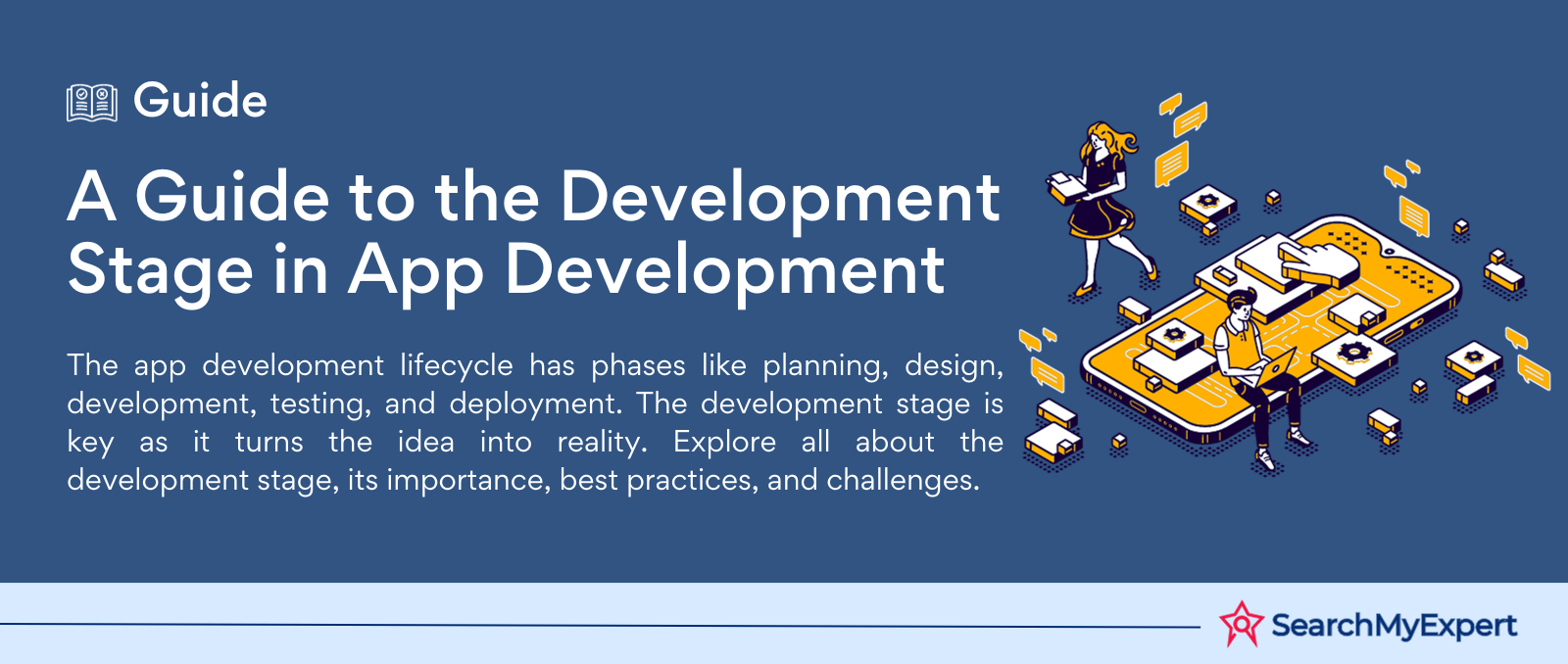

Mastering Docker for App Development: A Comprehensive Guide to Benefits, Use-Cases, and Alternatives

STAY UP TO DATE
GET PATH'S LATEST
Receive bi-weekly updates from the SME, and get a heads up on upcoming events.
Contact Us
We will get back to you as soon as possible.
Please try again later.


Find The Right Agencies
SearchMyExpert is a B2B Marketplace for finding agencies. We help you to describe your needs, meet verified agencies, and hire the best one.
Get In Touch
WZ-113, 1st Floor, Opp. Metro Pillar No- 483, Subhash Nagar - New Delhi 110018
About Us
For Agencies
Benefits Of Listing With Us
Submit An Agency
Agency Selection Criteria
Sponsorship
For Businesses
Agencies Categories
Trends Articles
FAQs
Find The Right Agencies
SearchMyExpert is a B2B Marketplace for finding agencies. We help you to describe your needs, meet verified agencies, and hire the best one.
About Us
For Agencies
List Your Agency
Benefits Of Listing
Agency Selection Criteria
Sponsorship
Get In Touch
WZ-113, 1st Floor, Opp. Metro Pillar No- 483, Subhash Nagar - New Delhi 110018
contact@searchmyexpert.com
Copyright © 2023 · Skillpod Private Limited · All Rights Reserved - Terms of Use - Privacy Policy



